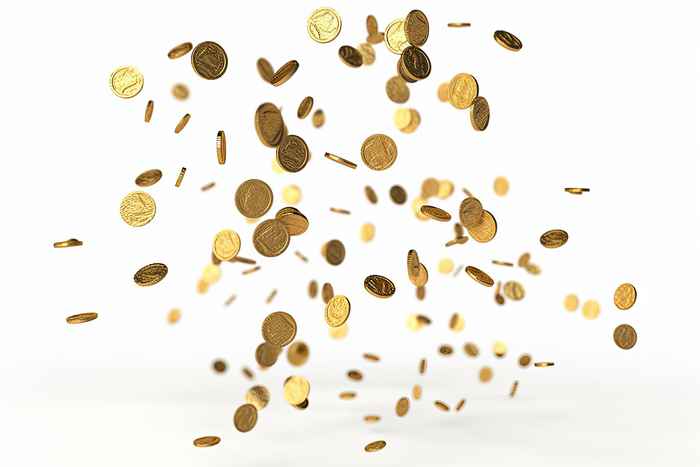UvA scoops two Ig Nobel prizes
13 September 2024

Drunk worms
A team from the UvA’s Van ’t Hoff Institute for Molecular Sciences and Institute of Physics collected the prize for their work with inebriated worms. They used the worms to model ‘active matter’ – essentially, particles that can move on their own. Active matter is booming business in biology, chemistry and physics, with scientists desperately searching for a theory that will help them understand how overall properties emerge from individual particle characteristics.
Team member Antoine Deblais: ‘If you show chemists a long, slender moving object, they might see it as a polymer whose conformation fluctuates because of thermal motion. A biologist will see a worm, or snake, that moves because it’s looking for food. As a physicist, you wonder: what is the fundamental difference between those two perspectives?’
Bachelor’s student Tess Heeremans built a separation device for use in the experiment. Heeremans: '’Just as the setup was ready, the Covid lockdown hit and lab access became impossible. The only solution? Move the whole thing to my student room!’ The separation device was a maze that helped differentiate worms with different activity levels as they slalomed through it. By getting half of the worms drunk before the race, the difference in their activity levels became greater. The worms used for the experiment were bought in an aquarium store (where they are sold as fish food – an idea of team member Sander Woutersen, who had used them as a child), and were flushed through the maze with a water flow. The team found that drunk worms take longer to get out of the maze than sober ones. This may seem obvious, but since inactive worms “go with the flow”, the team initially expected the drunk worms to come out first.
‘Some scientists dream of the Nobel prize. I have always wanted the Ig Nobel,’ says team member Daniel Bonn. Woutersen: ‘It was the most fun Friday-afternoon experiment we ever did and look where it got us!’

350,757 coin tosses
Many people have tossed a coin at some point to make a decision or take a gamble. And almost everyone who has done so presumably imagined that the chances of either outcome were exactly 50/50. But a well-known physics model suggested there was slightly less randomness than people generally expected. An international team of scientists, led by the UvA, decided to use their spare time to put that to the test in the only way possible: they tossed coins. A lot.
The team called on friends and online participants to take part and 350,757 coin tosses later (using more than 45 different types of coins, and including 12-hour coin-toss marathons) they had proved the theory: 50.8% of the time, if you start with the head side up, the coin also more frequently ends up with the head side up (or vice versa with tails).
Team member František Bartoš: ‘That extra 0.8% might not really make all that much difference, but knowing this gives you a little bit of knowledge to use alongside the luck you need on your side to win a coin toss. For example, if a football team plays 200 games, in two of those games their starting position after a coin toss would not just be pure luck, if they use this theory.’
Team member Eric-Jan Wagenmakers: ‘At first glance it might seem ludicrous that a team of researchers would flip coins 350,757 times. And perhaps it was. But we found strong evidence for the theory and we won an Ig Nobel Prize, so I’d say all those aching thumbs were more than worth it!’